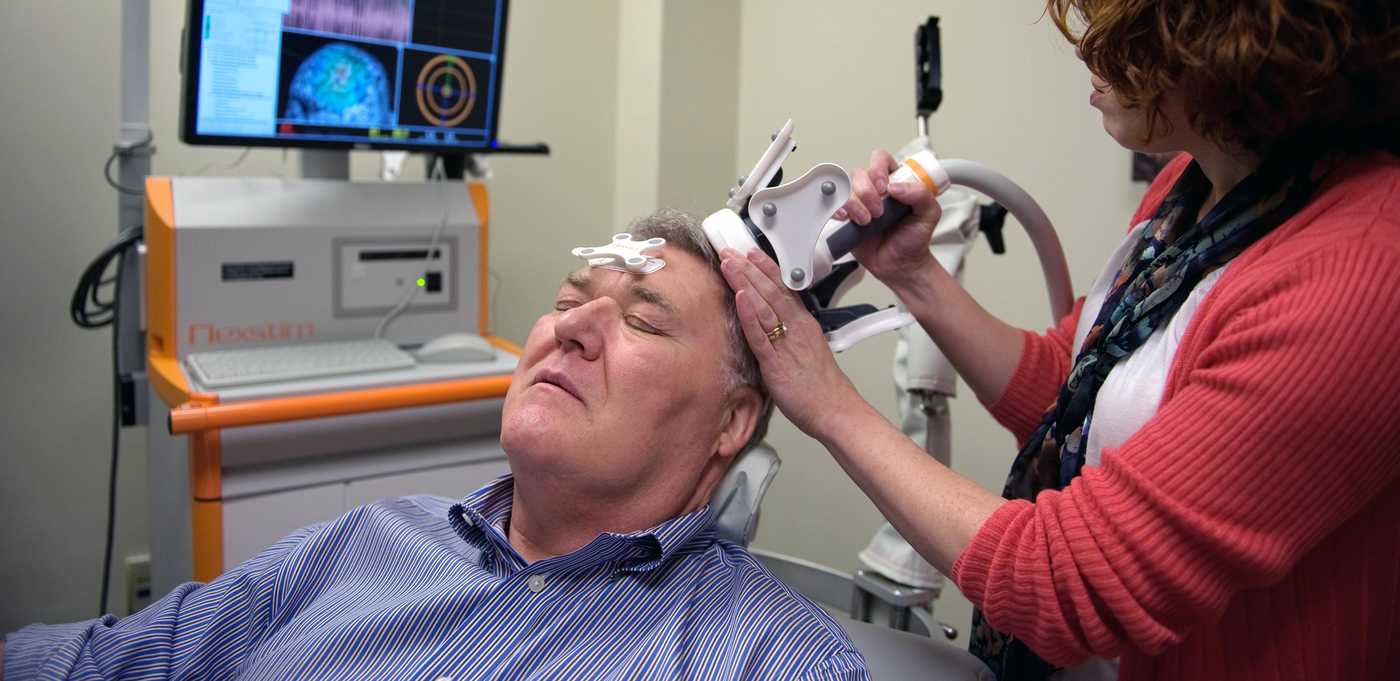Nutrition after a Stroke
There are many risk factors for high blood pressure and stroke including age, race, family history, etc. However, some of the risk factors are things we can control, including: maintaining a healthy weight, limiting sodium and fat intake, regular physical activity, and avoiding tobacco and alcohol.
Weight:
Reaching and maintaining a healthy body weight can help keep your blood pressure under control if you are overweight. See our Tips for Weight Management and Healthy Balanced Nutrition pages for tips on healthful weight loss to reach your ideal body weight. If you are underweight and are having problems consuming adequate nutriiton, see the Tips for Poor Appetite and Healthful Weight Gain.
Diet Texture:
Often after a stroke, you may experience difficulties chewing and swallowing. Follow your Speech Language Pathologist's recommendations regarding your diet texture. Refer to the Trouble Swallowing tab for specifics regarding the Dysphagia Diets.
Sodium:
Know how much sodium is recommended for you. The Dietary Guidelines for Americans (DGA) 2010 recommends limiting sodium intake to 2,300 milligrams (mg) per day for the general population. However, a more restricted intake of 1,500 mg is recommended for anyone over the age of 51, African Americans, and those with a history of high blood pressure, diabetes, or chronic kidney disease. Decreasing your sodium intake can help prevent or control high blood pressure. To decrease your sodium intake read more
Food Group Recommendations for after a Stroke here
Swallowing read more
Diet & Exercise read more
Healthy Balanced Nutrition read more
Food Label Reading read more
Tips for Weight Management read more
Tips for Poor Appetite and Healthful Weight Gain read more
Tube Feeding Guide and Troubleshooting read more


